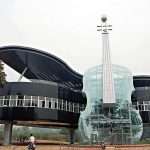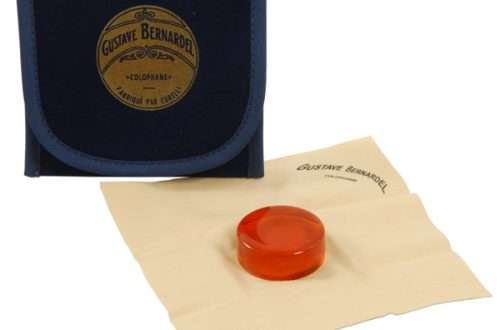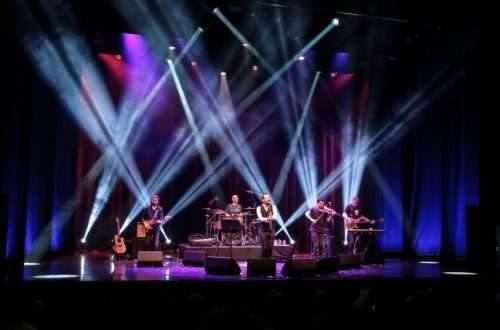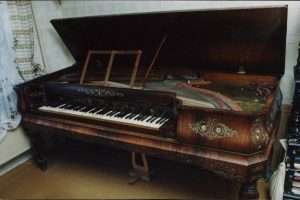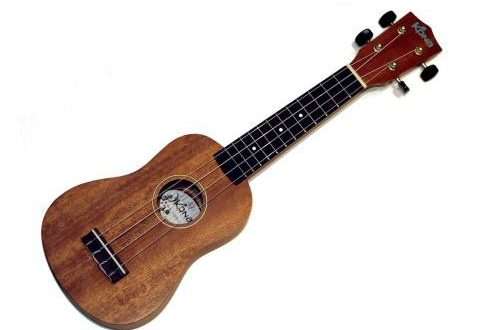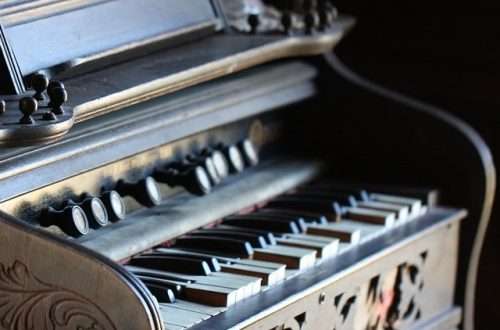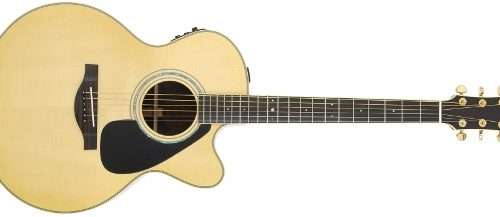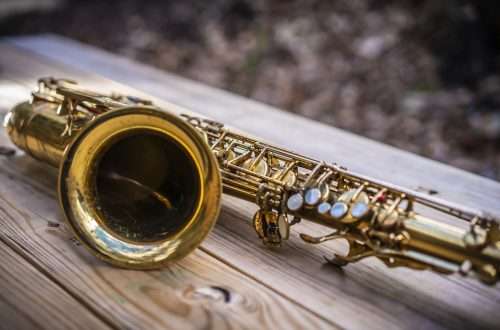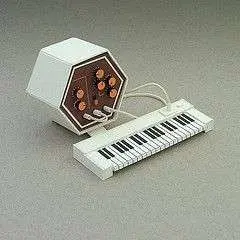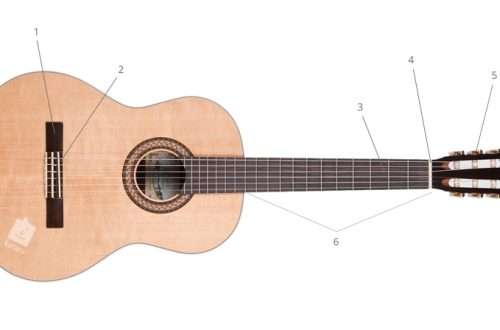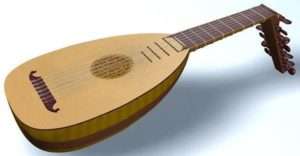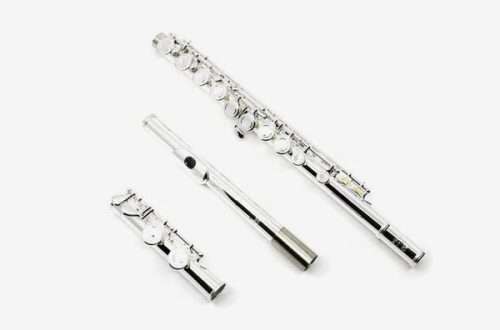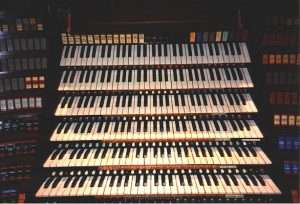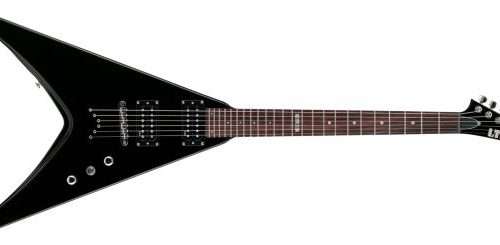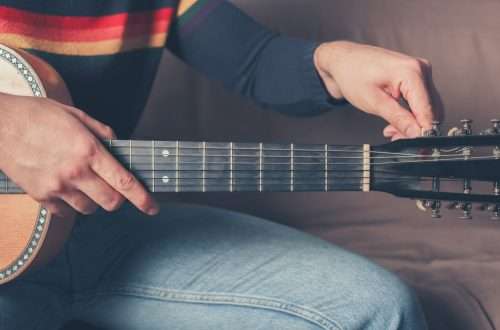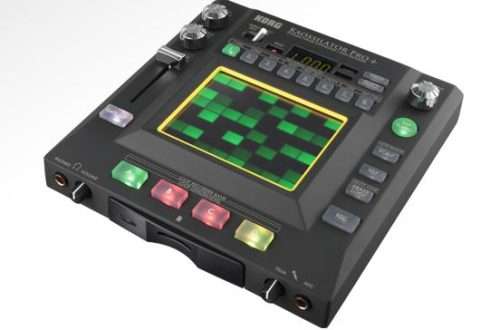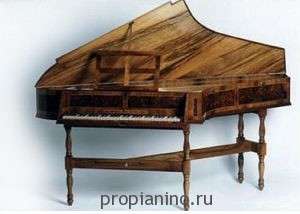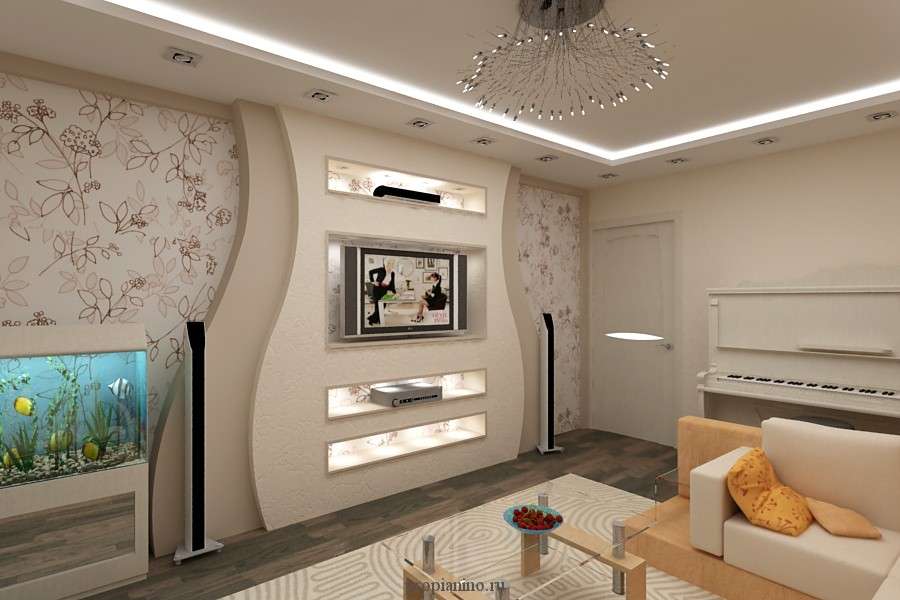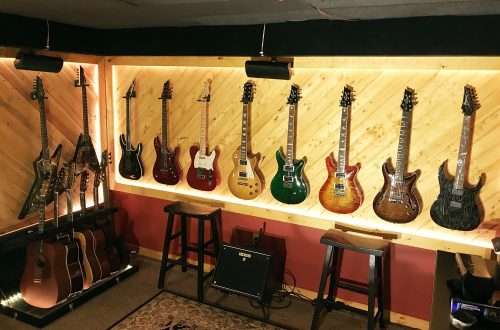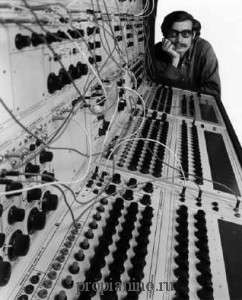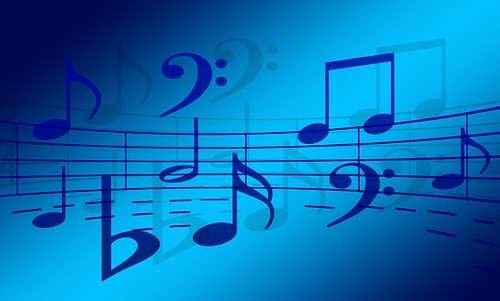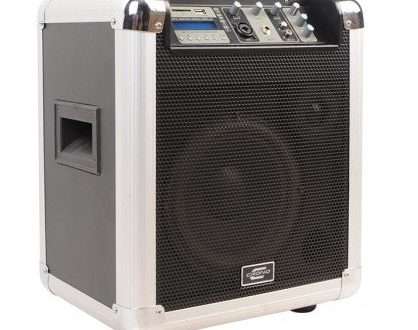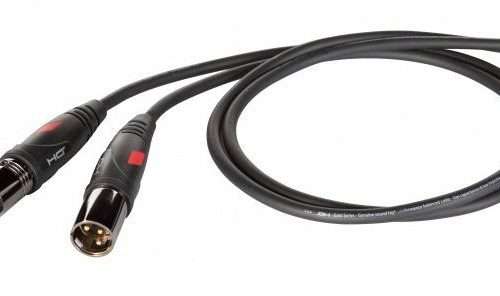The history of the piano in the context of world progress
Have you ever thought about the path through which individual, fairly everyday objects that surround us in everyday life have to go? For example, what is piano history? If you haven’t thought about it or if you’re just bored with the story, then I’ll immediately warn you against reading it: yes, there will be dates and there will be many facts that I will try to make, to the best of my modest strength, not as dry as their teachers set out at school. Piano like sacrifice consequence of progress Progress does not stand still and, once goggle-eyed and bulky, modern monitors and televisions make ladies who are always on diets…
The ancient relatives of the piano: the history of the development of the instrument
The piano itself is a type of pianoforte. The piano can be understood not only as an instrument with a vertical arrangement of strings, but also as a piano, in which the strings are stretched horizontally. But this is the modern piano that we are used to seeing, and before it there were other varieties of stringed keyboard instruments that have little in common with the instrument we are used to. A long time ago, one could meet such instruments as the pyramidal piano, piano lyre, piano bureau, piano harp and some others. To some extent, the clavichord and harpsichord can be called the forerunners of the modern piano. But…
Clavicytherium
The claviciterium, or claviciterium (French clavecin vertical; Italian cembalo verticale, Middle Latin clavicytherium – “keyboard cithara”) is a type of harpsichord with a vertical arrangement of the body and strings (French clavecin vertical; Italian cembalo verticale). Like the piano, the harpsichord took up a lot of space, so a vertical version of it was soon created, which was called the “claviciterium”. It was a neat, compact instrument, a kind of harp with a keyboard. For the convenience of playing, the keyboard of the claviciterium retained a horizontal position, being in a plane perpendicular to the plane of the strings, and the game mechanism received a slightly different design for transmitting…
The clavichord – the forerunner of the piano
CLAVICHORD (late Latin clavichordium, from Latin clavis – key and Greek χορδή – string) – a small keyboard stringed percussion-clamping musical instrument – is one of the forerunners of the piano. The clavichord is like a piano Outwardly, the clavichord looks like a piano. Its components are also a case with a keyboard and four stands. However, this is where the similarities end. The sound of the clavichord was extracted thanks to tangent mechanics. What was such a mechanism? At the end of the key, the clavichord has a metal pin with a flat head – a tangent (from Latin tangens – touching, touching), which, when the key is pressed,…
Harpsichord
harpsichord [French] clavecin, from Late Lat. clavicymbalum, from lat. clavis – key (hence the key) and cymbalum – cymbals] – a plucked keyboard musical instrument. Known since the 16th century. (began to be constructed as early as the 14th century), the first information about the harpsichord dates back to 1511; the oldest instrument of Italian work that has survived to this day dates back to 1521. The harpsichord originated from the psalterium (as a result of reconstruction and the addition of a keyboard mechanism). Initially, the harpsichord was quadrangular in shape and resembled in appearance a “free” clavichord, in contrast to which it had strings of different lengths (each key…
Organ (part 2): the structure of the instrument
When starting a story about the structure of an organ instrument, one should start with the most obvious. Remote controller An organ console refers to the controls that include all the numerous keys, shifters and pedals. Organ console So to gaming devices includes manuals and pedals. К timbre – register switches. In addition to them, the organ console consists of: dynamic switches – channels, a variety of foot switches and copula keys that transfer the registers of one manual to another. Most organs are equipped with copulas for switching registers to the main manual. Also, with the help of special levers, the organist can switch between different combinations from the…
Organ: the history of the instrument (part 1)
“King of Tools” The largest, heaviest, with the widest range of sounds produced, the organ has always been something of a legend in the flesh. Of course, the organ has nothing to do with the piano directly. It can only be attributed to the most distant relatives of this stringed keyboard instrument. It will turn out to be an uncle-organ with three manuals that are somewhat similar to the piano keyboard, a bunch of pedals that do not moderate the sound of the instrument, but themselves carry a semantic load in the form of a particularly low sound register, and huge heavy lead pipes that replace the strings in the…
Spinet
SPINET (Italian spinetta, French epinette, Spanish espineta, German Spinett, from Latin spina – thorn, thorn) is a small domestic keyboard-plucked stringed musical instrument of the XNUMXth-XNUMXth centuries. As a rule, it was desktop and did not have its own legs. A kind of cembalo (harpsichord). Outwardly, the spinet is a bit like a piano. It is a body standing on four stands. It has a 3-6-coal trapezoidal or oval shape (in contrast to the rectangular virginal). The main part of the body is the keyboard. There is a cover on top, lifting which you can see the strings, tuning pegs and the stem. All these components are in the oven.…
Piano seat selection
In order to choose the most suitable place for installing the piano, you need to consult with experts in this field or with a tuner. It should be noted that acoustics is affected, for example, by what material the floor and walls are made of in the room, as well as what specific fabrics (draperies) and carpets are used in the interior of your apartment or private house. The sound quality of a musical instrument also depends on the general acoustics of the room. The piano must be installed in such a way that the sound from it comes directly into the room itself. When installing a piano or grand…
The history of the creation and development of the synthesizer
How did the sound synthesizer come about? We all know very well that the piano is very versatile as an instrument, and the synthesizer is just one of its facets, which could radically change all music, expand its capabilities to limits that classical composers could not even imagine. Few people know what path was traveled before the synthesizer familiar to us appeared. I hasten to fill this gap. I think it is not worth repeating the triumphant speech about technological progress. You can read about the history of the piano here. Did you refresh the article in your memory, read it for the first time, or decided to ignore it…

